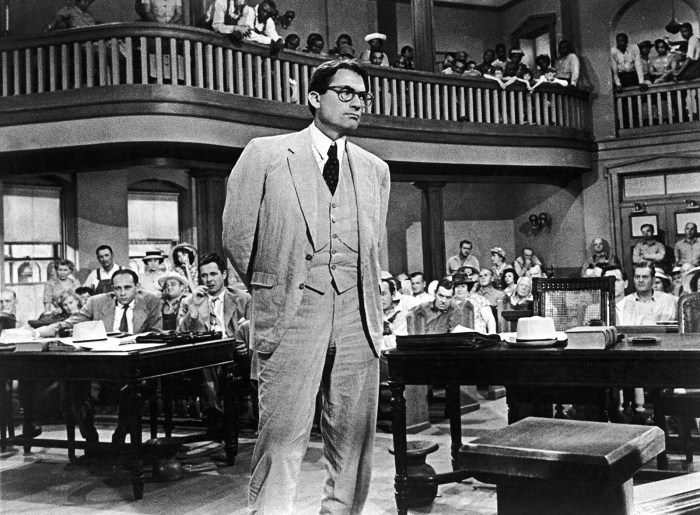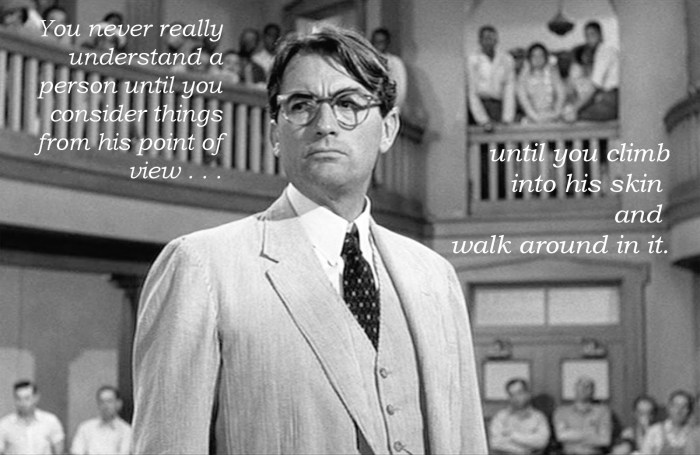Injustice quotes in to kill a mockingbird – To Kill a Mockingbird, Harper Lee’s iconic novel, presents a poignant exploration of injustice through its memorable characters and powerful narrative. This literary masterpiece delves into the societal and legal implications of racial prejudice, discrimination, and the struggle for justice in the American South during the 1930s.
The novel’s profound exploration of injustice has left an indelible mark on literature and continues to resonate with readers today. Through its rich symbolism, nuanced characters, and thought-provoking themes, To Kill a Mockingbird invites us to confront the complexities of social inequality and the importance of empathy and education in combating injustice.
Injustice in To Kill a Mockingbird: Societal and Legal Perspectives: Injustice Quotes In To Kill A Mockingbird

To Kill a Mockingbird, a novel by Harper Lee, depicts the pervasive racial injustice that existed in the American South during the 1930s. The story revolves around the trial of Tom Robinson, a black man falsely accused of raping a white woman.
The novel explores the legal implications of the trial, highlighting the inherent bias and prejudice within the justice system.
Legal Implications of the Tom Robinson Trial
The Tom Robinson trial exposes the flaws in the legal system and the ways in which justice is often denied to marginalized communities. The all-white jury quickly convicts Robinson despite overwhelming evidence of his innocence. The verdict reveals the deep-seated racism within the community and the unwillingness to challenge the status quo.
Themes of Prejudice and Discrimination
The novel explores the themes of prejudice and discrimination through the experiences of its characters. The residents of Maycomb are deeply prejudiced against African Americans, and this prejudice influences their actions and decisions. The novel highlights the harmful effects of discrimination and the ways in which it dehumanizes individuals.
Struggle for Justice
To Kill a Mockingbird portrays the struggle for justice in the face of overwhelming odds. Atticus Finch, a white lawyer, represents Tom Robinson and fights against the injustice of the trial. His efforts are met with resistance and hostility, but he remains steadfast in his belief that justice must prevail.
The Mockingbird as a Symbol of Injustice

Significance of the Mockingbird
The mockingbird serves as a powerful symbol of innocence and vulnerability in the novel. These birds are known for their beautiful songs and their harmless nature. The novel uses the mockingbird to represent the innocent victims of injustice, such as Tom Robinson.
Consequences of Injustice, Injustice quotes in to kill a mockingbird
The novel highlights the consequences of injustice through the fate of the mockingbirds. When Jem and Scout kill a mockingbird, they are scolded by their father for harming an innocent creature. This incident foreshadows the tragic events that will unfold during the trial.
Character Actions and Decisions
The characters’ actions and decisions affect the mockingbird and its symbolism. Atticus Finch’s defense of Tom Robinson is seen as an act of compassion and justice, while Bob Ewell’s attempt to harm the children is seen as an act of cruelty and injustice.
These actions reinforce the novel’s message about the importance of protecting the innocent.
Individual Responses to Injustice

Different Responses to Injustice
The characters in To Kill a Mockingbird respond to injustice in different ways. Atticus Finch actively fights against injustice through his legal work, while Scout and Jem learn about the importance of empathy and understanding. Bob Ewell, on the other hand, represents the forces of prejudice and hatred.
Motivations and Consequences
The characters’ motivations and consequences of their actions are carefully explored in the novel. Atticus Finch’s defense of Tom Robinson is motivated by his belief in justice, while Bob Ewell’s attempt to harm the children is motivated by his hatred of African Americans.
Active vs. Passive Resistance
The novel highlights the difference between active and passive resistance to injustice. Atticus Finch represents active resistance through his legal work, while Scout and Jem represent passive resistance through their empathy and understanding. Both forms of resistance are important in the fight for justice.
FAQ Guide
What is the significance of the mockingbird as a symbol in the novel?
The mockingbird represents innocence, vulnerability, and the destruction of beauty and goodness in the face of injustice.
How does the novel explore the theme of prejudice?
The novel depicts the pervasive racism and prejudice that existed in the American South during the 1930s, particularly through the trial of Tom Robinson.
What is the role of education in combating injustice according to the novel?
The novel emphasizes the importance of education in fostering empathy, understanding, and critical thinking, which are essential for challenging injustice.